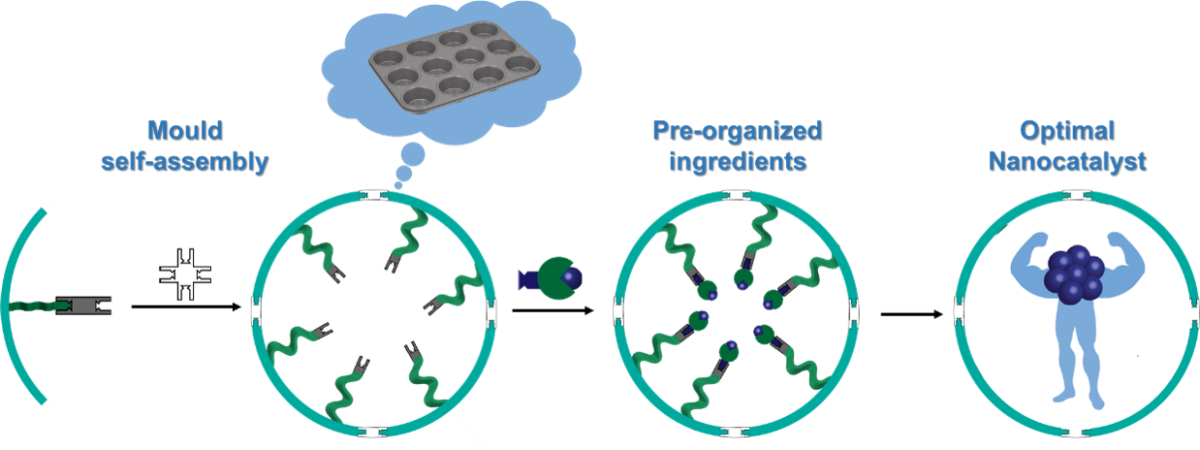Improve the world on a macroscale by controlling it at the nanoscale.
Did you know that some of the smallest particles are of great importance? I’m talking about nanoparticles, particles so small they are invisible to the naked eye, as they are about a thousand times smaller than the thickness of your hair. They may be invisible, but they are unmissable in modern society, as many materials we use daily, like the hairs in your toothbrush or the flavour of your toothpaste, are made with the help of these tiny materials.
Nanoparticles have many interesting and useful characteristics, but one of their key applications, is as a catalyst. For those who unfamiliar with the term catalyst: You can picture it as a reaction manager, directing molecules to interact and produce the materials we need, and, just like managers, you don’t need many of them but they will make sure the job gets done efficiently. Because of these catalysts, many production processes have become more energy efficient, require less resources and produce less waste! Thus, catalysts are key to a sustainable future, and that’s why we continuously investigate how to improve these catalysts.
An important challenge in optimizing nano-catalysts, is that it is extremely difficult to make them of with a precise size, while their size is essential to their characteristics and how well they manage the molecules around them. Despite our best efforts, we often end up with a collection of sizes and thus with a mix of managers!
To tackle this challenge, I have explored new particle preparation strategies to attain high precision. by making a molecular mould, or let’s say a nano-sized baking tray. The mould is filled with the particle ingredients and controls their size in the making process. This way, we can precisely make nanoparticles with a tailored size, improve their characteristics and make production processes more sustainable.

Partners






